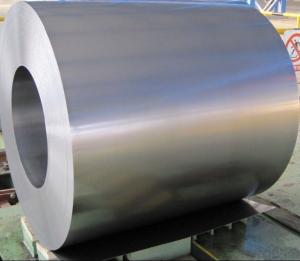American steel structures have always been a symbol of strength, resilience, and innovation. From the towering skyscrapers of New York City to the expansive bridges that span across vast rivers, these structures are not just buildings; they are the embodiment of American ingenuity and progress. But what makes these steel structures so special? Let’s dive into the world of American steel structures and explore the innovations in design that have shaped our cities and landscapes.
The Evolution of Steel Structures
The journey of steel structures in America began in the late 19th century when the first skyscrapers started to take shape. The Home Insurance Building in Chicago, completed in 1885, was the first to use a steel frame, marking a significant milestone in architectural history. Since then, steel has become the material of choice for many architects and engineers due to its strength, flexibility, and durability.
The Role of Steel in Modern Architecture
Steel has played a crucial role in shaping modern architecture. It has allowed architects to push the boundaries of design, creating structures that were once deemed impossible. The use of steel has enabled the construction of taller, lighter, and more open spaces. It has also facilitated the incorporation of green technologies, such as solar panels and rainwater harvesting systems, into building designs.
Innovations in Steel Construction Techniques
Over the years, there have been numerous innovations in steel construction techniques. One such innovation is the use of high-performance steel, which is stronger and lighter than traditional steel. This has allowed for the creation of slender and elegant structures that defy gravity. Another innovation is the use of computer-aided design (CAD) and building information modeling (BIM) software, which has revolutionized the way architects and engineers design and plan steel structures.
Sustainability and Steel Structures
Sustainability has become a key focus in the construction industry, and steel structures have not been left behind. Steel is a recyclable material, and its use in construction can significantly reduce a building’s carbon footprint. Moreover, the durability of steel means that structures can last for generations, reducing the need for frequent replacements and demolitions.
The Iconic American Steel Structures
There are several iconic American steel structures that have left an indelible mark on our landscape. The Gateway Arch in St. Louis, the Golden Gate Bridge in San Francisco, and the Chrysler Building in New York City are just a few examples of the awe-inspiring structures that showcase the beauty and strength of steel. These structures are not just functional; they are also works of art that inspire awe and admiration.
The Future of Steel Structures
As we look to the future, the role of steel in American architecture is only set to grow. With advancements in technology and a continued focus on sustainability, we can expect to see even more innovative designs and construction techniques. Steel will continue to be a key material in shaping our cities and skylines for years to come.
Conclusion
American steel structures are more than just buildings; they are a testament to our nation’s spirit of innovation and progress. From the early days of skyscrapers to the cutting-edge designs of today, steel has been at the forefront of architectural evolution. As we continue to push the boundaries of what is possible, steel will remain a vital component in the ever-changing landscape of American architecture.

